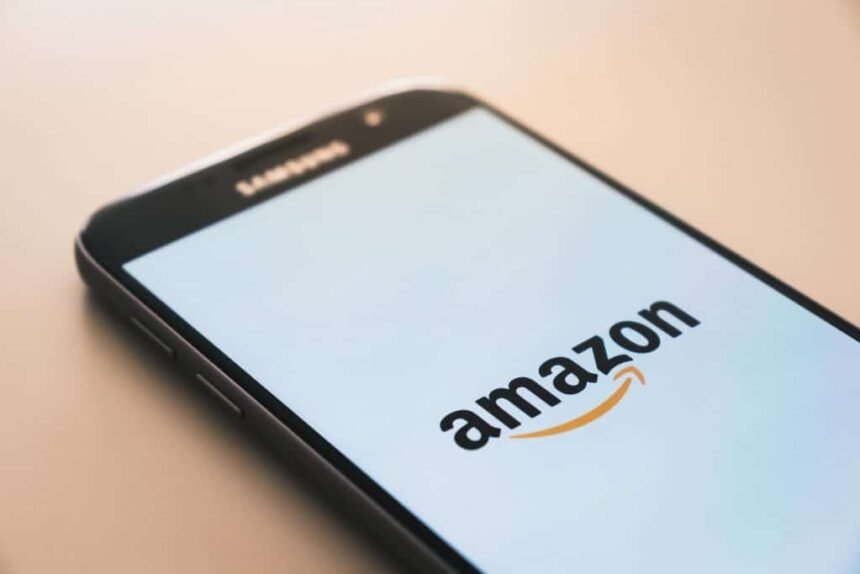Introduction
In the fast-paced world of e-commerce, two giants have emerged as the frontrunners in the Indian market – Amazon and Flipkart. With their vast product offerings, competitive prices, and efficient delivery systems, both companies have revolutionized the way people shop online. In this article, we will delve into the business strategies and key factors that differentiate Amazon and Flipkart in 2023.
Company Overview
Amazon, founded by Jeff Bezos in 1994, started as an online bookstore and has since expanded into a global marketplace offering a wide range of products and services. With its customer-centric approach, Amazon has become synonymous with convenience and reliability.
Flipkart, on the other hand, was established in 2007 by Sachin Bansal and Binny Bansal. Initially focused on selling books, Flipkart has grown into a leading e-commerce platform in India, offering diverse categories such as electronics, fashion, and home appliances.
Product Range and Pricing
One of the key factors that sets Amazon and Flipkart apart is their product range. Amazon boasts an extensive selection of products, ranging from electronics and fashion to home essentials and groceries. This wide variety attracts customers with diverse needs, making it a one-stop-shop for many.
Flipkart, although not as vast as Amazon, offers a curated selection of products catering to the Indian market. It focuses on building strong relationships with local sellers, ensuring a wide range of products at competitive prices.
Both companies employ dynamic pricing strategies, constantly adjusting prices to stay competitive. This benefits customers, who can find products at discounted rates, and also helps the companies maintain their market share.
Delivery and Logistics
Efficient delivery and logistics play a crucial role in the success of e-commerce companies. Amazon and Flipkart have invested heavily in building robust delivery networks to ensure timely and hassle-free deliveries.
Amazon, with its global presence, has established fulfillment centers strategically located across India. It also offers various delivery options, including one-day and two-day delivery for Prime members, enhancing customer satisfaction.
Flipkart, recognizing the importance of last-mile delivery, has partnered with local delivery service providers to reach even the most remote areas. Additionally, it has introduced innovative initiatives such as “Flipkart Quick,” which promises delivery within 90 minutes.
Customer Experience and Loyalty
Both Amazon and Flipkart prioritize customer experience to build loyalty and retain customers. They offer easy-to-use interfaces, personalized recommendations, and secure payment options to enhance the overall shopping experience.
Amazon’s Prime membership program, which includes benefits such as free shipping, exclusive deals, and access to streaming services, has been instrumental in fostering customer loyalty. Flipkart, on the other hand, has its own loyalty program called “Flipkart Plus,” offering similar perks to its customers.
Technological Innovations
To stay ahead in the competitive e-commerce landscape, Amazon and Flipkart continuously invest in technological innovations. Amazon, known for its groundbreaking initiatives, has introduced concepts like cashier-less stores and drone delivery. It also leverages artificial intelligence and machine learning to improve customer recommendations and enhance its logistics operations.
Flipkart, too, has embraced technology to streamline its operations. It has implemented AI-powered chatbots for customer support and has been experimenting with augmented reality to provide an immersive shopping experience.
Conclusion
In the ever-evolving world of e-commerce, Amazon and Flipkart continue to dominate the Indian market with their unique strategies and customer-centric approach. While Amazon’s global presence and vast product range give it an edge, Flipkart’s focus on the local market and strong relationships with sellers have helped it carve a niche for itself.
As we move into 2023, it will be interesting to see how these e-commerce giants further innovate and adapt to changing customer preferences. Whether you’re an Amazon loyalist or a Flipkart enthusiast, the competition between these two industry leaders ultimately benefits the consumers, who can enjoy a seamless and convenient online shopping experience.



